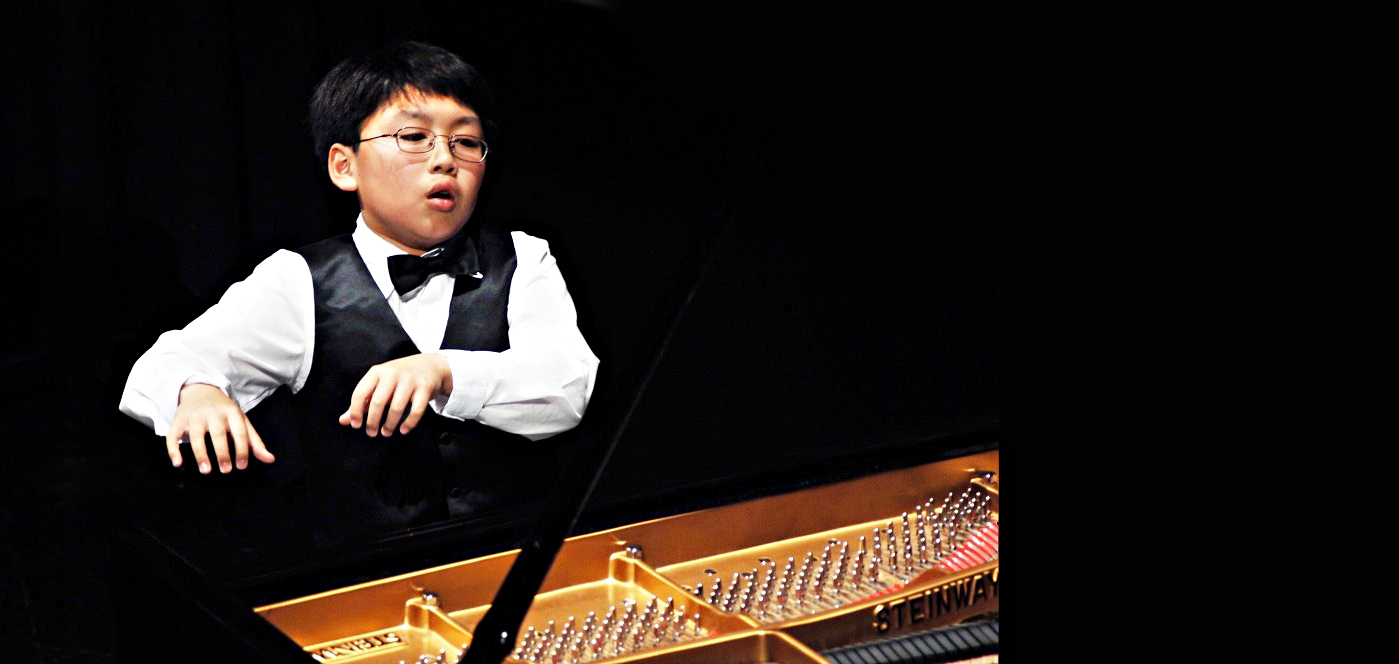Tag: George Li
-

PROGRAM NOTES: GEORGE AND ANDREW LI
Wolfgang Amadeus Mozart Sonata in D major K. 381 for Piano Duet In the 1760s, when Wolfgang & his sister Nannerl were touring Europe as child prodigies, the keyboard duet was a popular novelty item on their programs, one that offered a fuller range of sound from a single instrument while still allowing each performer…
-

PROGRAM NOTES: GEORGE LI
Franz Joseph Haydn Sonata in B minor Hob. XVI:32 It is not often that you catch the congenial, ever-chipper Haydn writing in a minor key. But minor keys were all the rage in the 1770s, the age of Sturm und Drang (storm and stress), an age when composers such as C. P. E. Bach sought to…
-

PROGRAM NOTES: GEORGE LI
George Li Program Notes Performance: Vancouver Playhouse, Sunday, December 4, 2011 Carl Czerny Variations on a Theme by Rode, Op. 33 (“La Ricordanza”) Most concertgoers know Carl Czerny only as the early nineteenth-century pedagogue who churned out endless dull exercises that continue to be inflicted upon piano students this day. True, he did compose a…
-

THE REMARKABLE CAREER OF GEORGE LI
And what a career it has been for this 15 year old pianist! George Li began winning competitions at age 6 and he made is first public performance at Boston Steinway Hall at the age of nine. One of his biggest achievements came in 2010 when he performed Chopin’s Piano Concerto no. 1 with the…
-

FOR YOUR VIEWING PLEASURE
It seems only appropriate to highlight the dynamic skills of Kirill Gerstein in a performance of Rachmaninoff’s 3rd Piano Concerto with the Simon Bolivar Youth Symphony Orchestra and conductor Gustavo Dudamel. And while we are considering virtuoso performances, we could not resist offering two encore performances by George Li (Playhouse, Sunday, December 4). We have uploaded…

